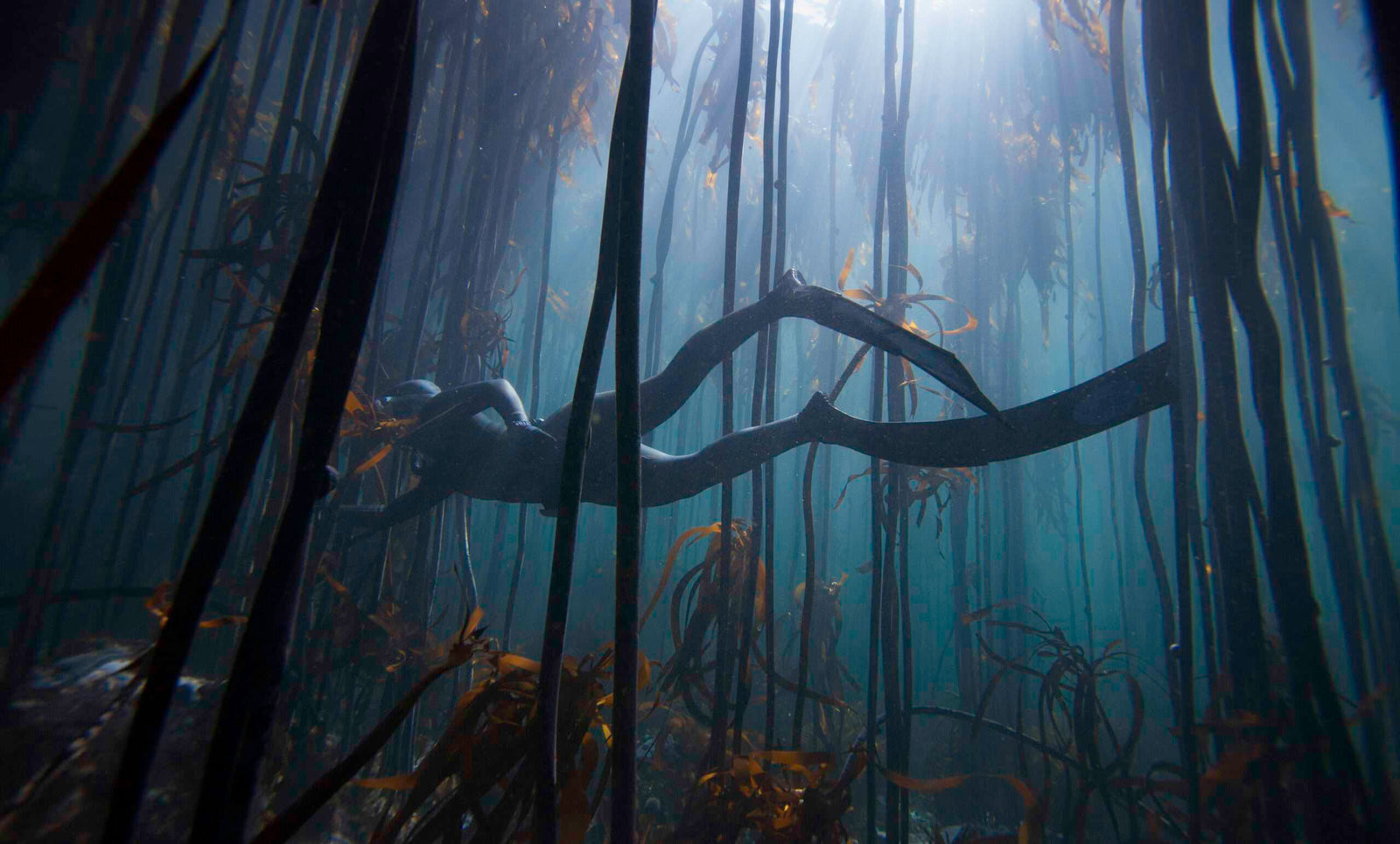Freediving, also known as breath-hold diving, is a form of underwater diving where the diver holds their breath rather than using breathing apparatus or scuba diving equipment. It is a unique and exhilarating sport that is growing in popularity around the world. It requires skill, training, and physical fitness, but it can be enjoyed by people of all ages and backgrounds.
The activity of freediving is often associated with extreme sports because it involves pushing the limits of human endurance and exploring the depths of the ocean. However, it is important to note that freediving can be practised at any level, from recreational to competitive, and can be done in a variety of environments, including pools, lakes, and the ocean.
The basic principles of freediving involve mastering the art of holding one's breath for extended periods of time while exploring various depths. Proper breathing techniques and relaxation are key to achieving success in freediving. By controlling their breathing and slowing their heart rate, freedivers are able to conserve oxygen and increase their endurance underwater.
There are several different types of freediving, each with its own unique set of challenges and rewards. Some of the most popular types of freediving include:
- Static Apnea - This type of freediving involves holding one's breath for as long as possible while remaining motionless in a pool. It is a test of mental and physical endurance and requires a great deal of relaxation and focus.
- Dynamic Apnea - In this type of freediving, the diver swims horizontally underwater for as far as possible while holding their breath. It requires both endurance and technique to be successful.
- Constant Weight - This type of freediving involves descending to a specific depth and then returning to the surface using only the power of one's own body. It is the most challenging type of freediving and requires a great deal of skill and training.
- Free Immersion - This type of freediving involves pulling oneself down a weighted line and then returning to the surface using the same line. It is a slower-paced type of freediving that requires both physical and mental strength.
Freediving can be a dangerous activity if not practised properly, so it is important to receive proper training and to always dive with a buddy. In addition to the physical risks associated with underwater diving, there are also environmental risks to consider, such as strong currents, marine life, and visibility.
Despite the risks, freediving can be a life-changing experience. It allows people to connect with the ocean in a way that is impossible with scuba diving or snorkelling. Freediving provides a sense of freedom and peace that is difficult to describe, and it can lead to a deeper appreciation and understanding of the natural world.
Freediving is also an important tool for scientific research, allowing scientists to study the ocean and marine life in a way that would be impossible with traditional diving equipment. Freediving allows researchers to observe marine life without disturbing their natural habitat or behaviour, and it can lead to important discoveries and insights into the ocean ecosystem.
To say the least, freediving is an exciting and challenging sport that offers a unique perspective on the underwater world. With a good trainer and essential equipment, it can be enjoyed safely by everyone of all ages and skill levels. Whether you are a beginner looking to explore the depths of a local pool or an experienced diver seeking to push the limits of human endurance, freediving offers a rewarding and unforgettable experience.

